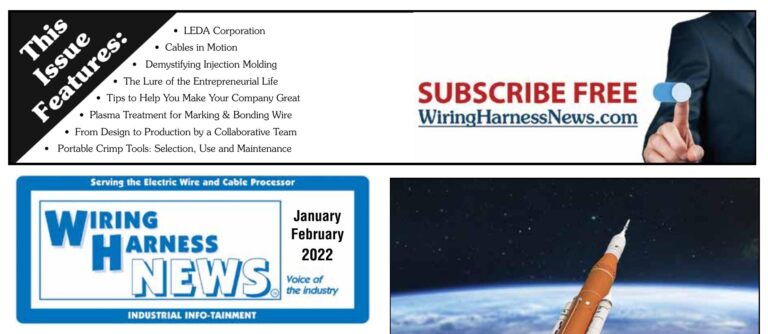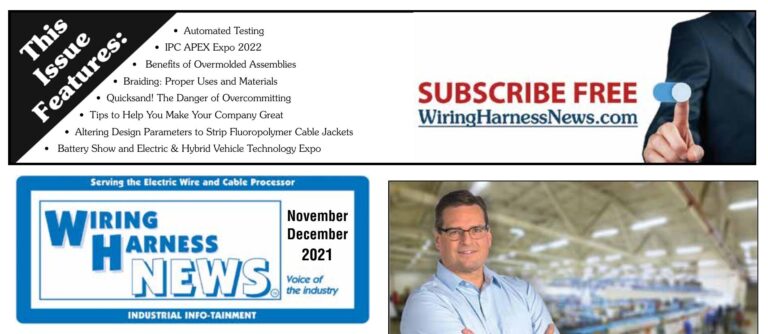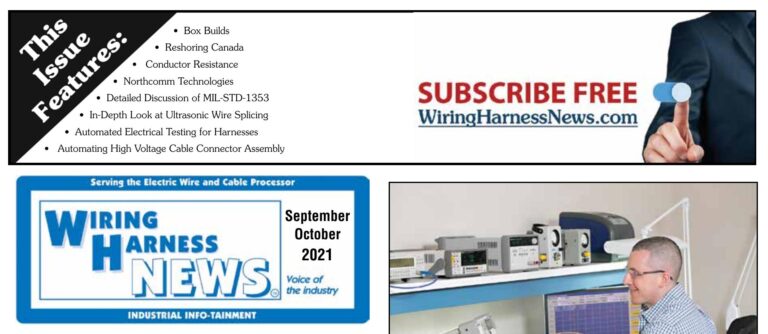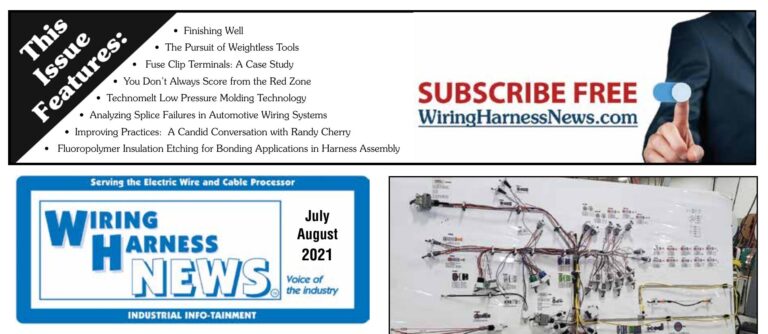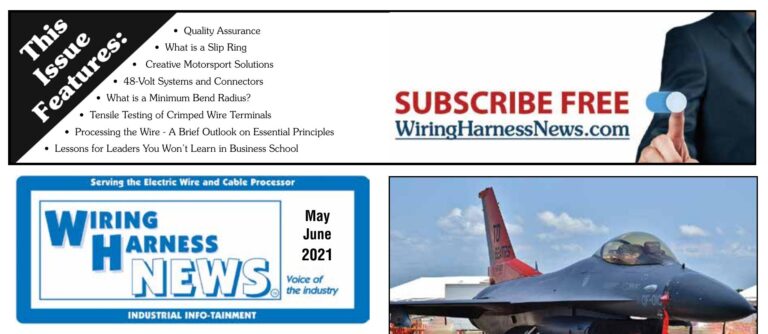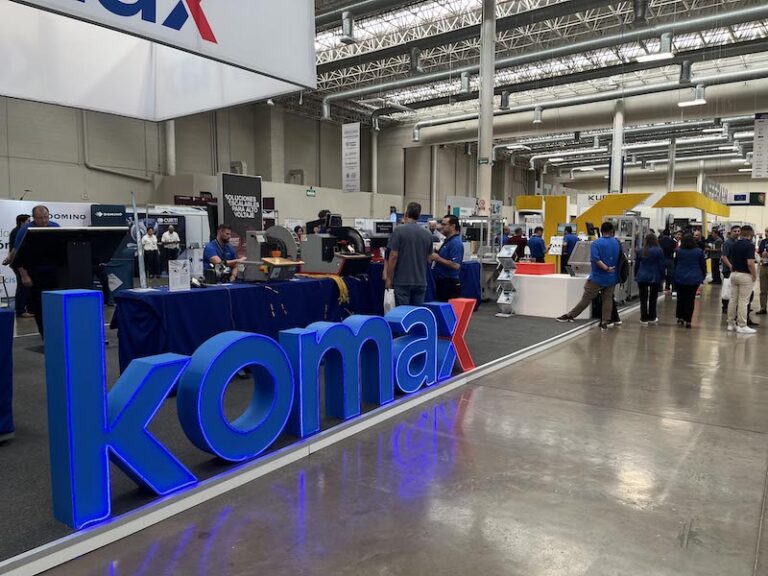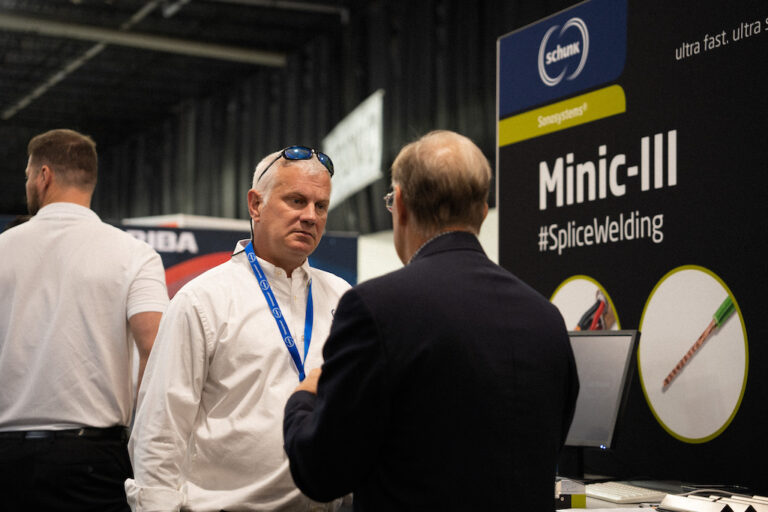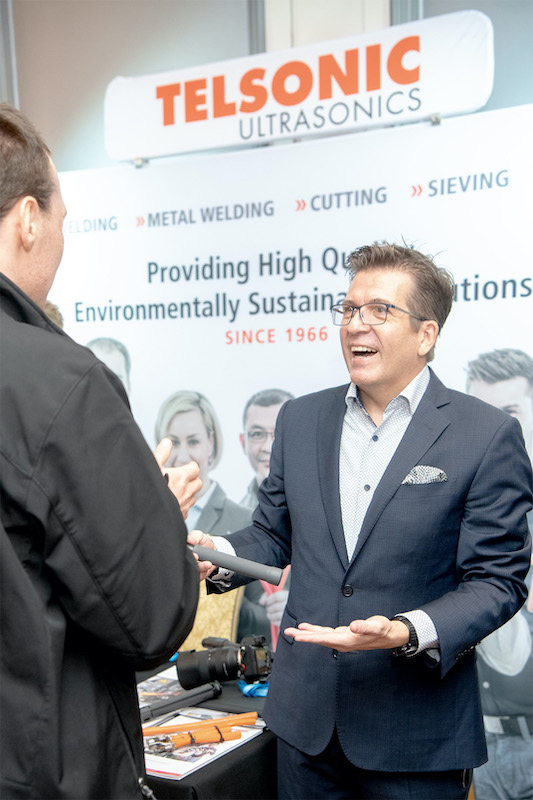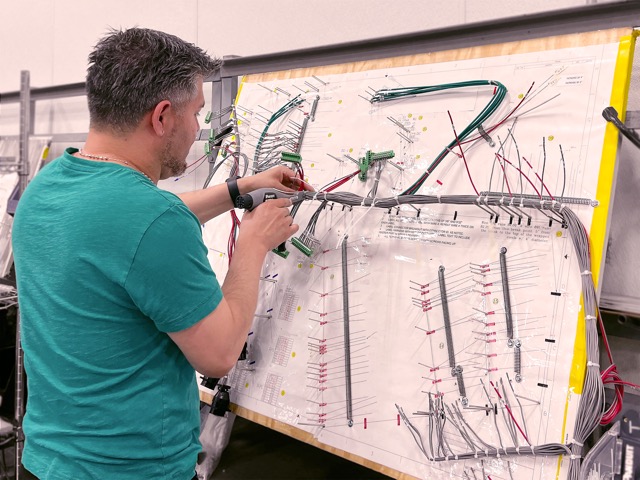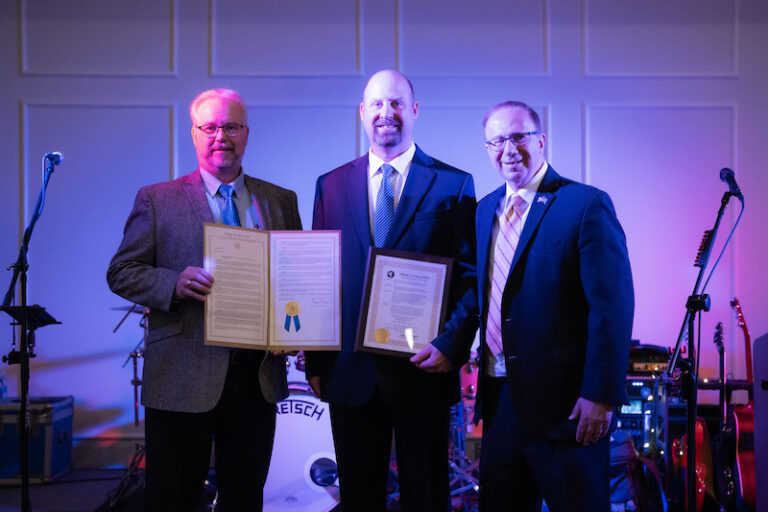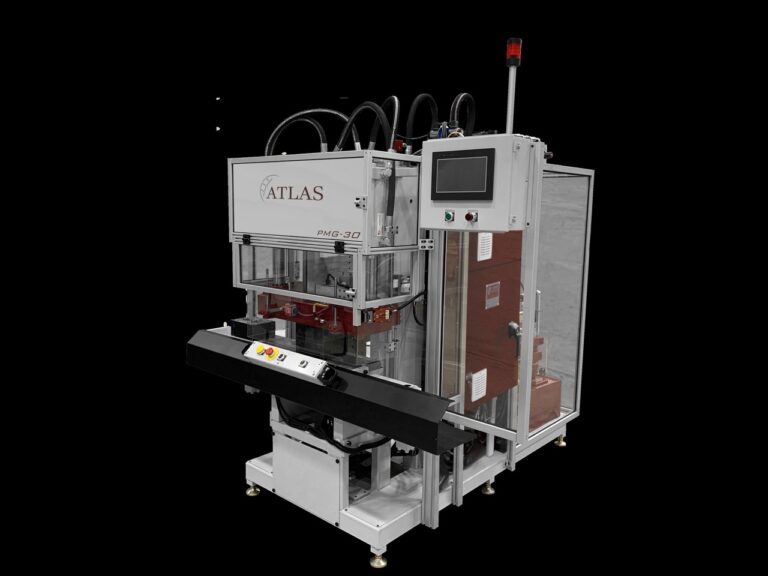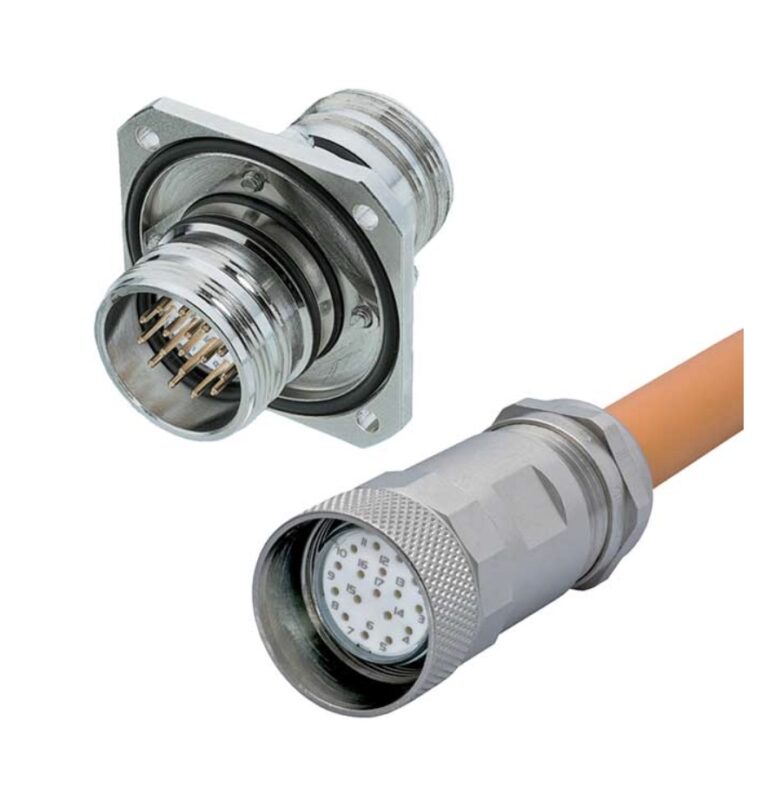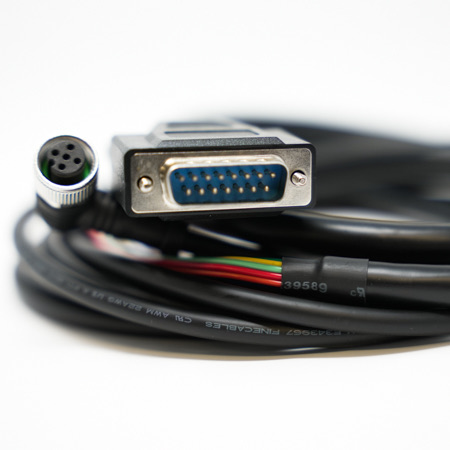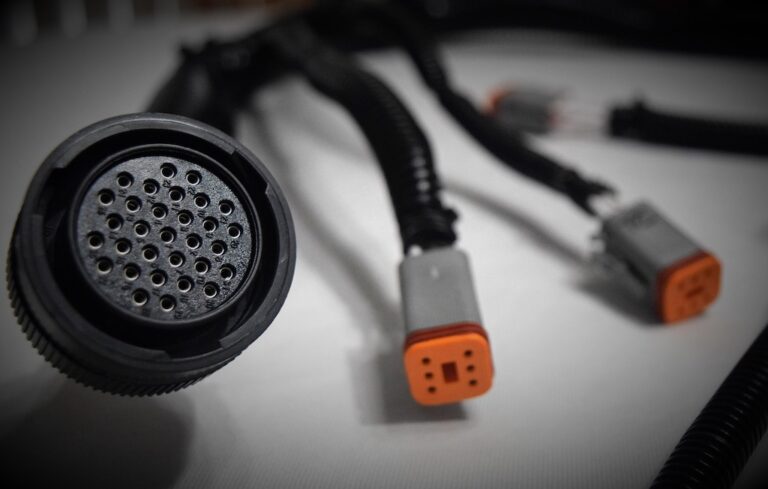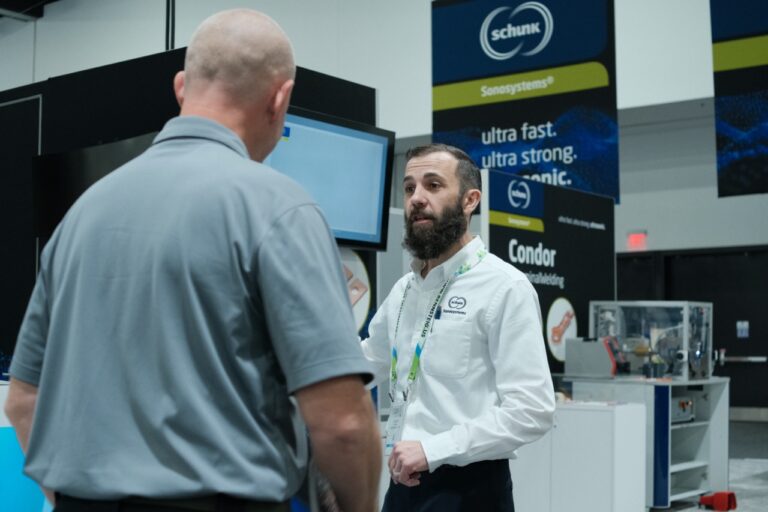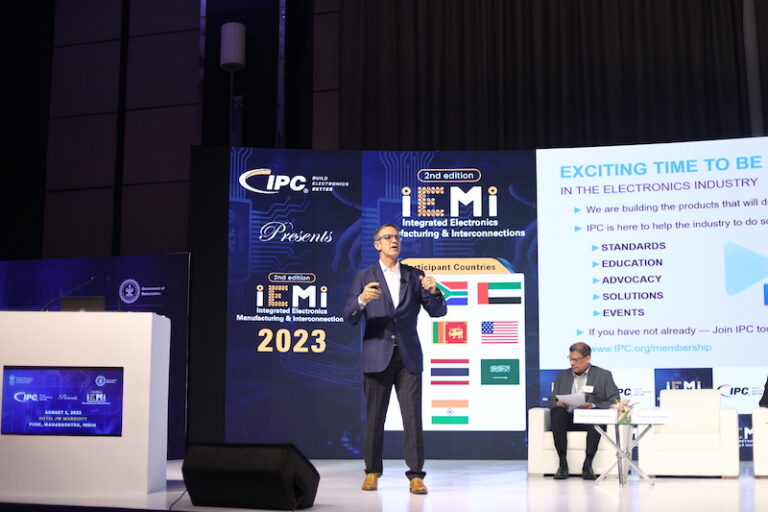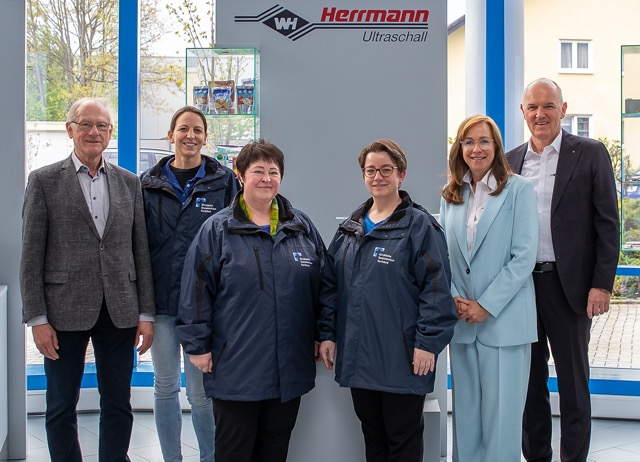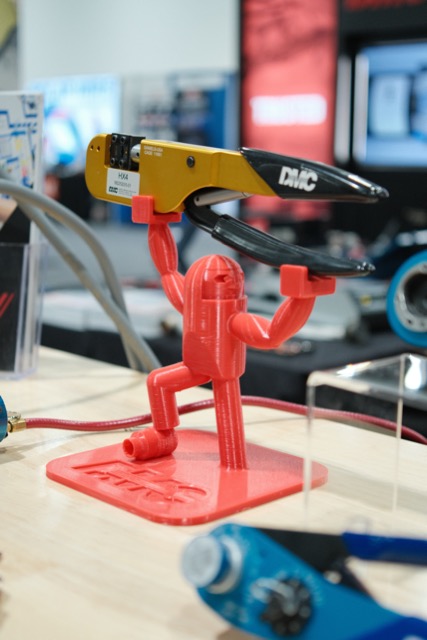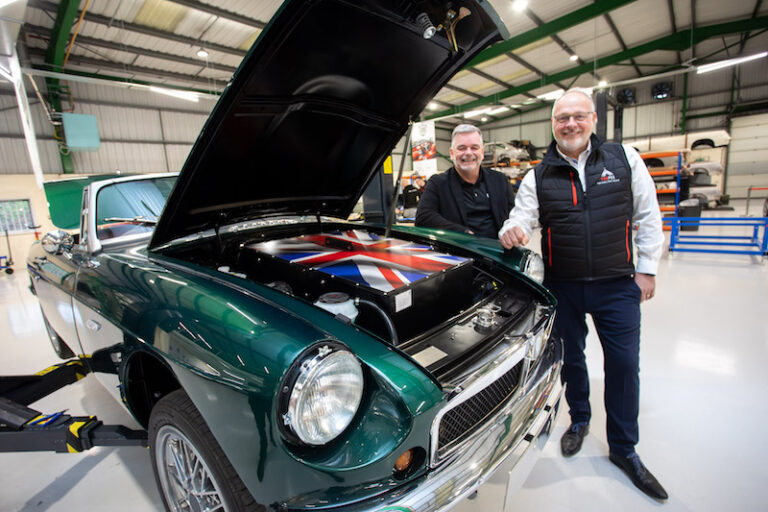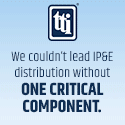Leading to Win: Best practices learned from a 40-year career.
By Paul Hogendoorn
I’m a half-dozen weeks into “non-employment”, which is a new and interesting condition for me. I’ve been writing this column for 16 years now, typically writing about the business stresses and challenges that kept me awake most Sunday evenings, along with the opportunities and ideas that kept me going back to work on Monday mornings anyway. Building a business or running a plant is not easy; there is a relentless pressure to deliver something ‘tangible’ every day, week, month, and year.
Many others in the organization have different degrees of separation in their lives. the longer term, big picture objectives can be deferred to others, and shorter-term objectives can be delegated. There is an “off switch” they can apply, and even though many opt to leave it on most of the time, that option is still theirs’. But, if you are the leader, there really is no “off switch”, unless you have the company running very smoothly like a flywheel spinning on its own momentum. But in that case, you likely have effectively delegated the leadership to another person, and that person relates to what I’m saying here.
I’ve been asked to continue writing this column for a while longer, and its something I’m glad to do. I’ve had the privilege of visiting hundreds of manufacturing plants all over the world, spending time on the floor, working with people and on machines (I loved that part), planning, executing, failing and succeeding, and always growing. It would be tempting to add “improving”, or “continually improving”, but I’ll be frank – that wasn’t always the case. In the next few columns, I’ll share some of the best learnings from both the good and bad experiences, and key lessons other leaders taught me along the way.
Tip #1: “Don’t make a big production out of it”. If you want to be innovative, or try something really different, do it quietly and on a small scale — “Under the radar” in other words. Most people resist and even oppose change. (I’ll deal with this more in a book I’m writing). They may clamour for change, but they really just want to be heard and considered. When it comes right down to changes actually being discussed openly, resistance builds on the floor (fueled by natural skepticism), and through the ranks of management (fueled in part by career defensiveness). In both cases, change disrupts their sense of security. The best way to avoid the near certain resistance and opposition to your idea is to prove it first in a small, non-threatening way. If it works, you have tangible evidence — ‘certainty’ to combat doubt. It’s still early enough to let others buy into the idea and adopt and embrace it and be part of it as it gets planned for larger rollout. If the small project fails, its not an ‘epic fail’ that gets in the way of future ideas and initiatives you might bring forward. Remember, manufacturing is largely filled with ‘tangible and tactile’ people. They like to see, feel and experience. They are not as likely to buy into things that are still abstract, or feel like marketing, sales or slogans. Do it small and succeed or fail under radar. If the small project works, consider that the official starting point. Achieve “undeniability” first and then it can’t be resisted or opposed by people on the floor or in the management ranks.
Tip #2: “You and your people are the smartest people in the room”. Over the years, I developed a healthy skepticism towards consultants, government sponsored funding programs, and people being positioned as specialists and ‘experts’ in their field. There is an army of people lined up to tell you or your people how to do your or, their job better. They have a vocabulary that only they understand, and they use it to quickly tilt the conversation to where they become the smart ones to prove you and your people need them to really improve your operation. The truth is, you and your people are the smart ones; you are the people that built the business, run it successfully, and have figured out how to get things done, day in and day out. They need to be learning from you before they can offer you any insight of any value at all.
There are good ones, and there is a place for them. But always remember your people know your company, plant and product, far better than they ever will. The best they can do, in my opinion, is bring in a good project process, help you be accountable to the goals you set, and ‘coach’ you and your people to be the best they can be. Your business will only ever be as good as your people can make. A good coach will make your people better, and your people will make your company better. The consultant, or government funding programs, or ‘experts’ can’t. Only you and your people can. ‘Training’ is one thing, ‘teaching’ is another. What you and your people would likely benefit most from is ‘coaching’. You train people to follow a process, perhaps a refined process, but its a process none-the-less. Teaching is important, but with the Olympics freshly in mind, every successful athlete needs quality coaching to achieve their goal. It’s the coach that gets the most out of the athlete’s potential, making sure the hours, dollars and energy invested in training, pays off.
Those are my first two big tips as I share the best things I’ve learned working with hundreds of successful manufacturers and their amazing, often unheralded people. Feel free to send me a note at [email protected] if there’s a specific topic or question you’d like me to address in a following column. Manufacturing created and continues to sustain our socioeconomic well being. We are in it together!

















